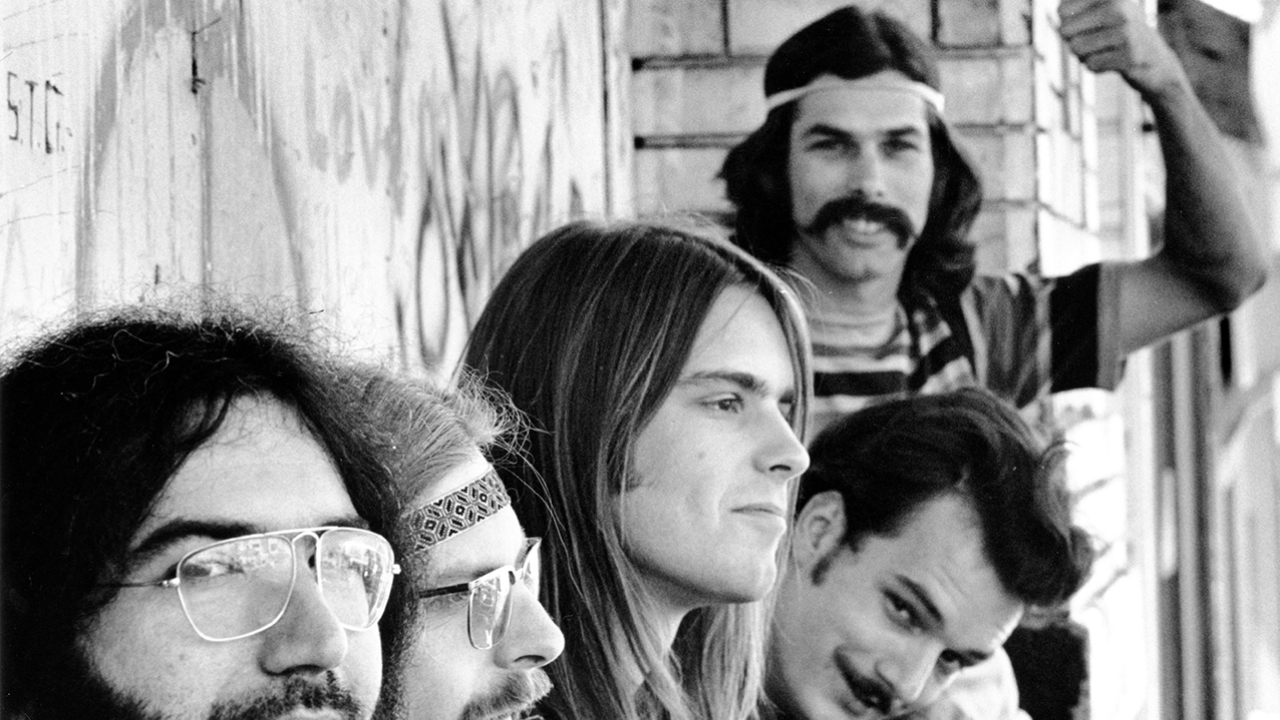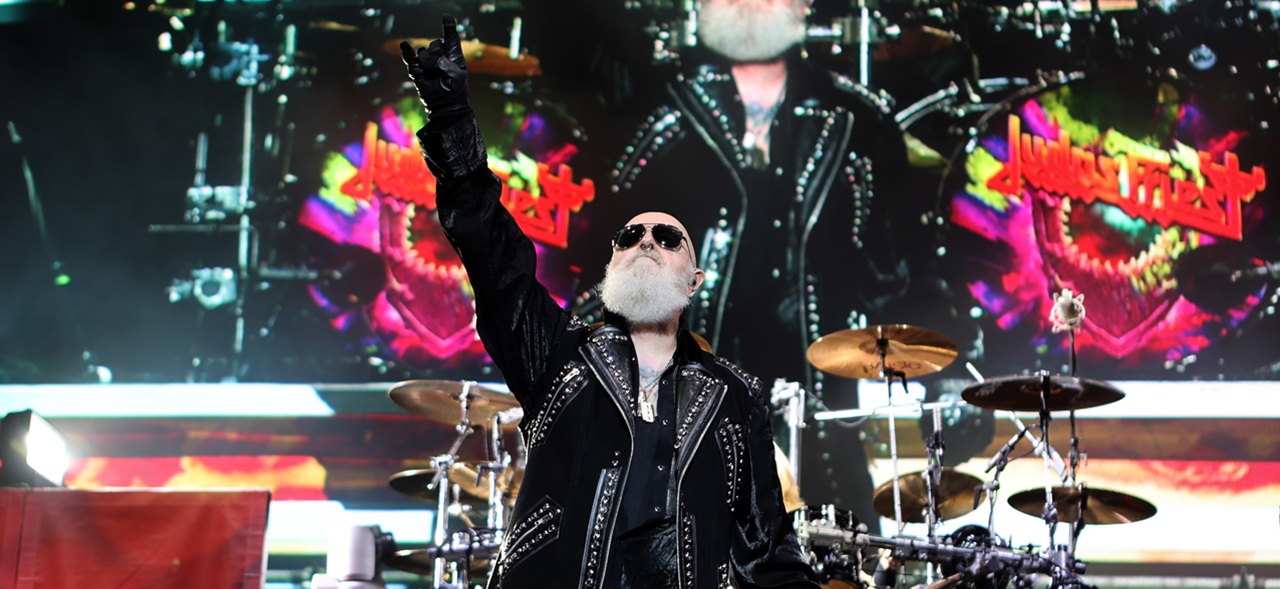66 from '66 – E-H
The 66 records that built rock as we know it – all from 1966.

Our 66 from ‘66 – E-H.
The Electric Prunes
I Had Too Much To Dream Last Night
Reprise single, November 1966
Few songs embodied the changing face of 60s pop like the Prunes’ second single. From its backwards guitar intro to its shivery effects, primal boom and fuzztone riff, it was at once experimental and giddy with the commercial possibilities of psychedelia. I Had Too Much To Dream was a major US hit, ushering in a new age of populist acid-rock. It later became the lead track on 1972’s Nuggets compilation.
The Fugs
The Fugs
ESP-Disk, March 1966
Dispensing with the normal conventions of pop music, the New Yorkers’ second LP was the result of a deal with ESP-Disk that allowed them free use of an Off-Broadway theatre packed with state-of-the-art gear. They duly concocted a dizzying mix of avant-rock, jazz, experimental noise and biting satire, their wild imaginings made all the more anarchic by their habit of bouncing back and forth between four- and two-track machines. More radical and politically charged than their West Coast counterparts (anti-Vietnam War tirade Kill For Peace being a case in point), this album was the jump-off point for US alt.rock.
Sign up below to get the latest from Classic Rock, plus exclusive special offers, direct to your inbox!
Grateful Dead
Live bootleg (Jan ’66)
Bootleg cassette, January 8, 1966
A rare recording from a Merry Pranksters ‘acid test’ in which a commune of travelling beatniks took a collective LSD trip, this event took place when the drug was still legal in the US.
Considering they were all under the influence, the Dead’s performance was surprisingly lucid. I’m A Hog For You Baby saw founder members Jerry Garcia and Pigpen handling the anarchy exploding in their minds. The six-song tape also includes some imminent Dead favourites: the super-fast guitar and harmonica vamp Caution: Do Not Stop On Tracks and Death Don’t Have No Mercy. A social document as much as a musical moment, the concert ended when the chief of police pulled the power and chief Prankster Ken Kesey filmed and directed the ensuing insanity. It finished with a reference to The Star Spangled Banger (sic) and more mindless chaos. You could get a contact high just by listening to this. The Grateful Dead had arrived and everything turned Day-Glo.
The Great!! Society!!
Someone To Love
Northbeach, February 1966
Written by Darby Slick and sung by his sister-in-law Grace Slick (her hubby Jerry is on drums), this original version of the future Jefferson Airplane hit was a true-life story about waking up after an acid trip and finding that your girlfriend spent the night with another man.
Recorded in November ’65 it was arguably the very first San Francisco psychedelic track. Released on Northbeach Records while Sylvester Stewart (aka Sly Stone) hovered in the background, this piece was shrouded in mystery: Stone didn’t produce it; Grace wasn’t named as the singer; there were exclamation marks in the group’s name; and the song wasn’t yet called Somebody To Love. A longer live version recorded at The Matrix club followed thereafter but the original has all the charm.
Once installed as lead singer in Jefferson Airplane, Grace Slick picked up where she left off, taking this and _White Rabbit _with her, and spearheading a new commercial era for San Francisco acts.
Tim Hardin
Tim Hardin 1
Verve Folkways, July 1, 1966
The man Bob Dylan once called “the greatest songwriter alive” and Joe Strummer deemed a “lost genius” was a troubled soul and already in the grip of drug addiction at 23; a Pacific-West greenback trying to fit in with the Greenwich Village folk scene.
Dropped by Columbia Records after failing to impress them with his demo sessions and his wayward behaviour, jazz label Verve welcomed Hardin, whose warm tenor vibrato had struggled to compete with the flat folk dialect of his peers.
On this debut album, Hardin’s songs shone as works of confessional catharsis, and he began to get radio play, if not hits. The standout Reason To Believe – a tender hymn to unrequited love, but finding ‘reason to believe’ – lived on outside the folk scene with Rod Stewart’s sympathetic 1971 cover spotlighting a style later followed by such melancholy rock romantics as Rufus Wainwright and Mark Lanegan.
Roy Harper
Sophisticated Beggar
Strike, July 1966
Folk singer-songwriter Roy Harper’s debut album was a limited-edition release, which he advertised by handing out flyers on Oxford Street before playing his poetry/acoustic songs in Greek Street folk club Les Cousins backed by a Revox tape machine. Sophisticated Beggar was recorded by his friend, producer Pierre Tubbs, in Harper’s living room, and described by its maker as a “wild journey into deepest space”.
The results were worth the effort, especially the electric rock song Committed (very Syd Barrett) and October The Twelfth. Jimmy Page and Robert Plant were zealous Harper fans, and studied his neat fingerpicking and quixotic lyrics – an approach as far removed from pop as it was possible to get.
